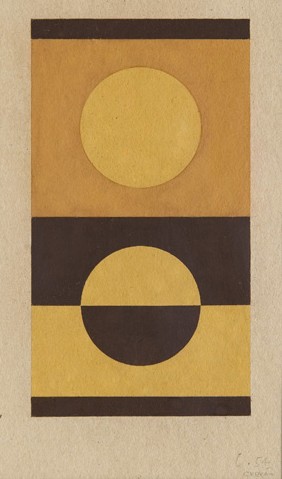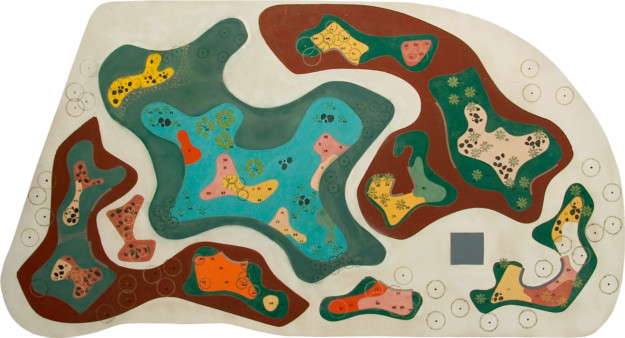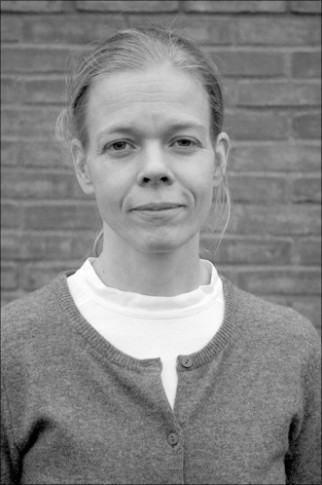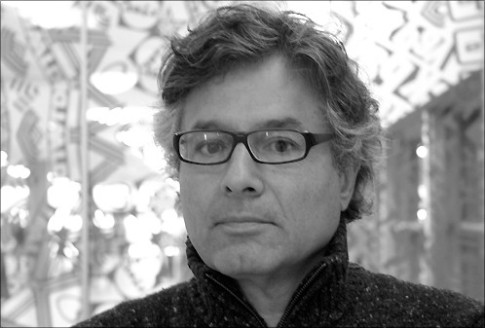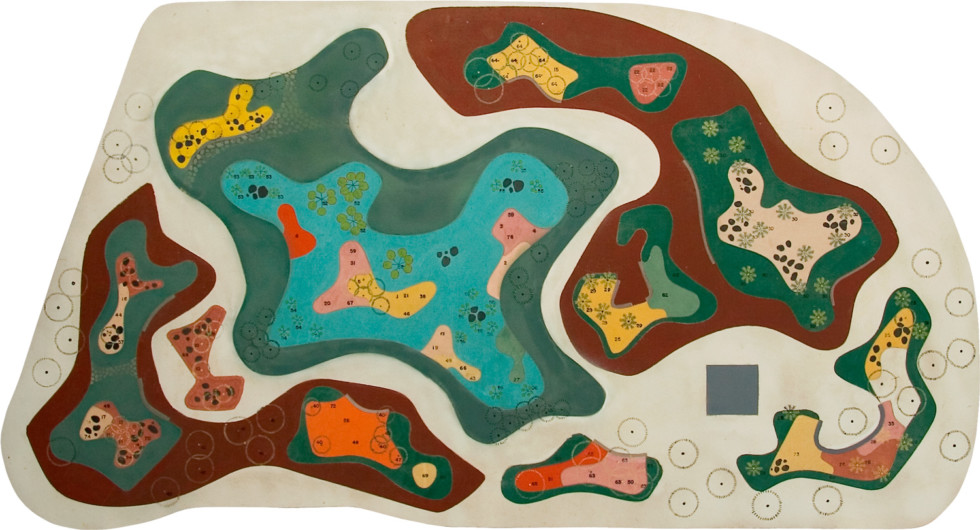
Roberto Burle Marx, Breddning av stranden Flamengo - Praca Salgado Filho, 1957 © Roberto Burle Marx
Time & Place: Rio de Janeiro
19.1 2008 – 6.4 2008
Stockholm
In this exhibition some of the pioneers of neo-concretism are featured with works by Lygia Pape, Lygia Clark, Hélio Oiticica, Milton Dacosta, Amilcar de Castro, Franz Weissmann, among others.
An unprecedented climate of optimism gripped Rio de Janeiro in the 1950s, as the city emerged from its traditional past of a port to become a metropolis of 2.5 million inhabitants, with a modern cultural identity. New forms of art, architecture, music and film appeared almost simultaneously.
The names of these movements encapsulated the climate of new beginnings: Neo-Concretism, Bossa Nova, Cinema Novo. Neo-Concretism created a unique form of Brazilian modernism that emphasised simplicity of form and spatial construction. The Neo-Concrete artists developed an approach to abstract geometric art that stressed experimentation and sensory impact. The suave musicality of Bossa Nova was achieved through a combination of jazz, samba and classical music. A new sophisticated cinematographic language emerged with Cinema Novo. Bold state-led architectural projects made the new spirit palpable and led to the construction of a new capital, Brasília.
With the military coup of 1964 this spirit of invention and enthusiasm came to an end. It was a unique and original artistic achievement of the art of the 20th century that took place in this tropical metropolis.
This exhibition introduces the Time & Place series, organised as part of the celebration of Moderna Museet’s 50th Anniversary in 2008. The museum was founded, and developed its identity, in relation to New York and Paris, but here the focus is on three less-known international hubs of the same period. This is the first of these 1960s “hot spots” to be featured, followed by Milan/Turin and finally Los Angeles.
Curator: Paulo Venancio Filho
Project Manager: Annika Gunnarsson
With support from


